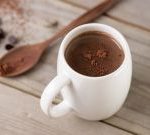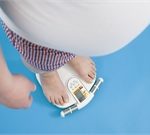
A specific collection of gut bacteria may be a culprit in the development of pulmonary arterial hypertension (PAH), a new study shows. PAH is a chronic disease marked by the narrowing of arteries that supply blood to the lungs. With constant high blood pressure in these arteries, the right side of the heart is forced to work harder, which can result in right-sided heart failure. Symptoms of PAH include shortness of breath, heart palpitations and fatigue. Microbiota, bacteria found in everyone’s gut, aid in digestion. The study showed that having a particular microbiota profile predicted PAH with 83% accuracy. “We showed for the first time that specific bacteria in the gut are present in people with PAH. While current PAH treatments focus on the lungs, looking at the lung/gut axis could open the door to new therapies centered in the digestive system,” said lead study author Mohan Raizada. He is a distinguished professor in the department of physiology and functional genomics at the University of Florida College of Medicine in Gainesville. Stool samples from 18 PAH patients and 12 people without cardiopulmonary disease history were collected for the study. The unique bacteria found in the stool of PAH patients led to the association. The findings were published Feb. 24 in the journal Hypertension. Raizada and his team are eager to learn how this bacteria impacts… read on >




























-300x200.jpg)







-300x169.jpg)
